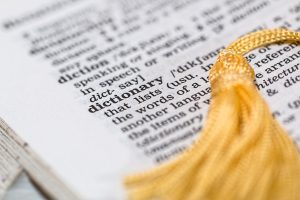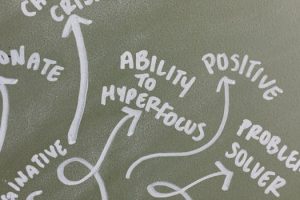Universal Design for Learning: Accessibility First
In today’s fast-paced, technology-driven world, accessibility is becoming increasingly important. With the rise of online education and remote work, it is crucial to ensure that everyone has equal access to information and resources. This is where Universal Design for Learning (UDL) comes in. UDL is an approach to education that focuses on designing learning experiences that are accessible and effective for all learners, including those with disabilities. In this article, we will explore the concept of UDL and its importance in creating an inclusive and accessible learning environment.
The Principles of Universal Design for Learning
In order to understand UDL, it is important to first understand its principles. UDL is based on three main principles: multiple means of engagement, multiple means of representation, and multiple means of action and expression. These principles aim to provide learners with different ways of accessing information, engaging with content, and demonstrating their understanding. This allows for a more inclusive learning experience that caters to the diverse needs and learning styles of all learners.
Multiple Means of Engagement
The first principle of UDL, multiple means of engagement, focuses on the “why” of learning. It acknowledges that learners have different interests, motivations, and preferences that can influence their engagement in the learning process. With this in mind, UDL suggests providing learners with options for how they can become engaged in the content. This can be achieved through varied and meaningful examples, choices in assignments, and opportunities for self-reflection and goal setting.
Multiple Means of Representation
The second principle, multiple means of representation, addresses the “what” of learning. It recognizes that learners have different ways of processing and understanding information. Thus, UDL suggests providing multiple means of representation, such as visual aids, audio recordings, and text-based materials. By providing various modes of representation, learners can choose the ones that best suit their learning styles and preferences.
Multiple Means of Action and Expression
The third principle of UDL, multiple means of action and expression, focuses on the “how” of learning. It acknowledges that learners have diverse ways of demonstrating their understanding and expressing their ideas. UDL suggests providing learners with options for how they can interact with the content, such as through discussions, projects, or presentations. This allows learners to choose the methods that work best for them and showcase their knowledge and skills in a way that is comfortable and meaningful to them.
The Importance of Accessibility
The principles of UDL not only promote inclusive and effective learning experiences, but also prioritize accessibility. When creating multiple means of representation, engagement, and expression, accessibility must be at the forefront. This means ensuring that all materials, whether they are visual, auditory, or tactile, are accessible to learners with disabilities. For example, providing captions for videos, alternative text for images, and audio descriptions for visual content can make the learning experience accessible for students with auditory or visual disabilities.
The Benefits of UDL for All Learners
While UDL was initially developed to support learners with disabilities, it has proven to be beneficial for all learners. By providing multiple means of engagement, representation, and expression, UDL allows all learners to have a more personalized learning experience. It caters to individual preferences, interests, and strengths, making the learning process more effective and engaging for everyone. Additionally, UDL fosters a more inclusive learning environment where differences are embraced and celebrated, promoting empathy and understanding among learners.
Incorporating UDL in the Curriculum
Now that we understand the principles and benefits of UDL, how can we incorporate it into our curriculum? The key is to plan and design with UDL in mind. This includes creating varied and flexible learning activities, providing accessible materials, and offering choices and alternatives for learners throughout the learning process. Additionally, seeking feedback and input from learners can also help in creating a more inclusive and effective curriculum that caters to their diverse needs.
The Role of Google SEO in UDL
In today’s digital world, Google SEO plays a crucial role in making UDL successful. By ensuring that content is accessible and optimized for search engines, we can reach a wider audience and make our materials more widely available. This includes using keyword-rich titles and descriptions, providing alternative text for images, and creating a user-friendly website layout. By following these practices, we can increase the visibility of our UDL materials and make them accessible to a larger audience.
Conclusion
In conclusion, Universal Design for Learning is an important approach to education that promotes accessibility and inclusivity for all learners. By incorporating its principles into our curriculum design, we can create a learning environment that addresses individual needs, promotes engagement, and fosters understanding. With the increasing reliance on online platforms for education, it is crucial to prioritize accessibility and make learning accessible to all. So let’s put accessibility first and embrace UDL in our teaching practices.










